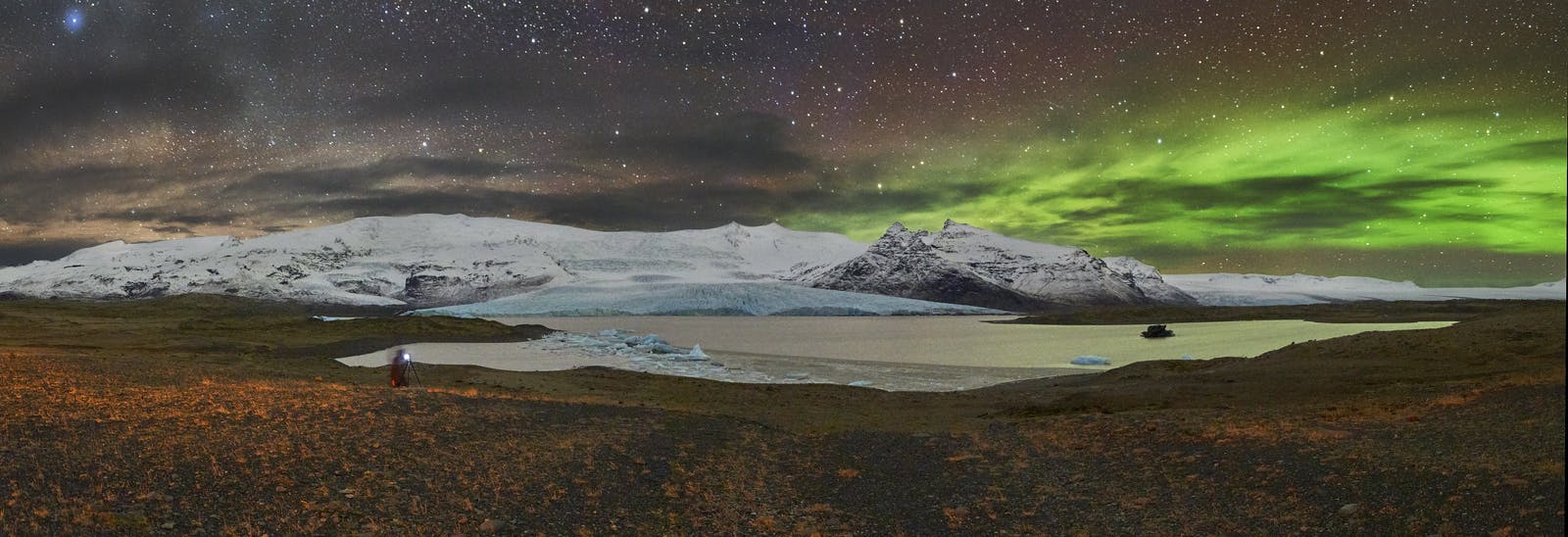
The Best Time To See Northern Lights in Iceland
Seeing the Aurora Borealis dance across the sky is a bucket list experience for many of us. Imagine vibrant hues, primarily green, swirling and dancing across the vast expanse of the night sky. This spectacle becomes even more enchanting when viewed from a serene countryside or when its colours shimmer on the surface of a fjord or lake.
The best way to predict visibility is using a Northern Lights Forecast.
You can learn more about this magical natural phenomenon by grabbing a ticket for Perlan's Áróra show before you set off to see them in the open air. But before you do, why not find the best time to see the Northern Lights in Iceland with our brief guide?
The Importance of Darkness for Northern Lights Viewing
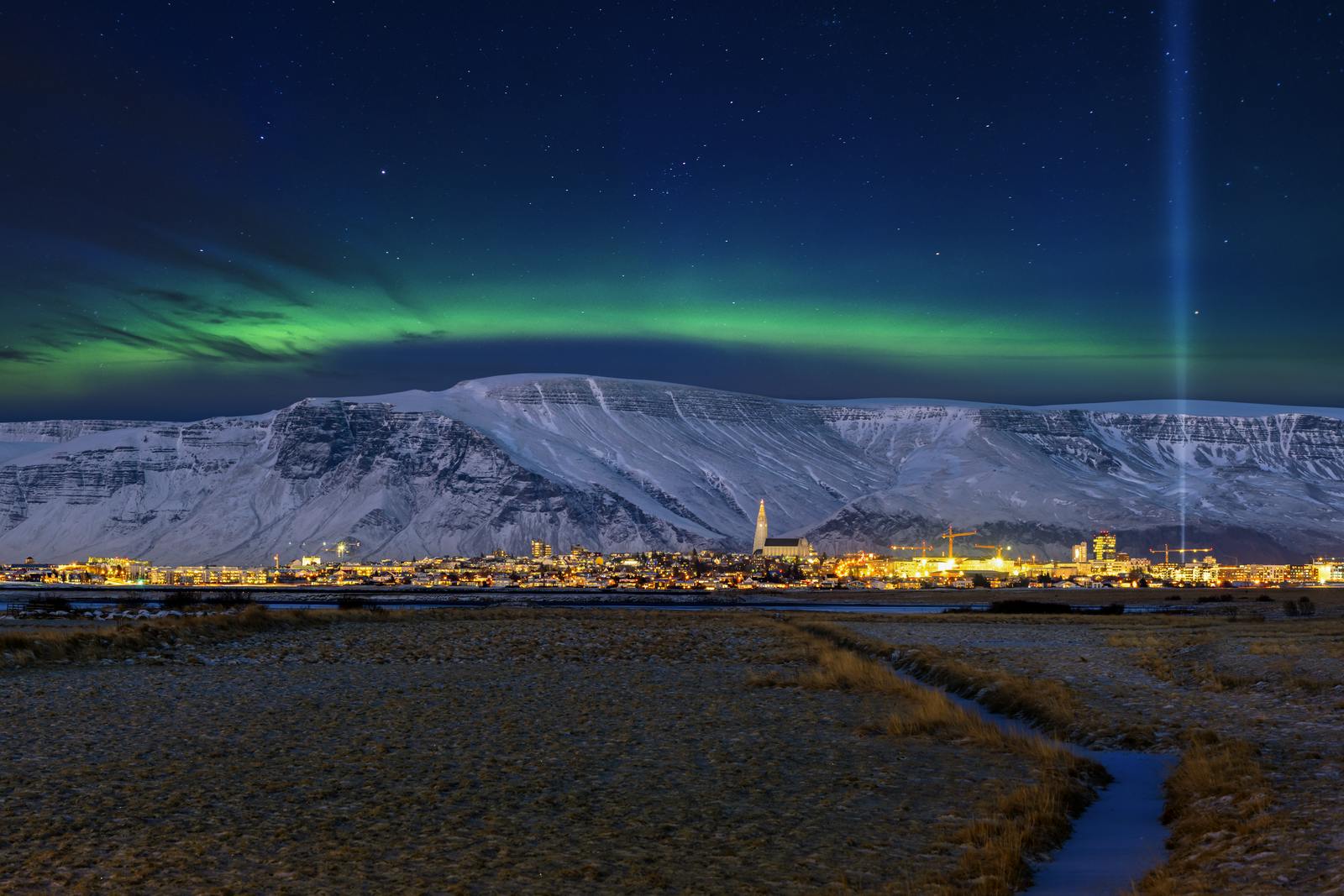
When witnessing the Northern Lights in Iceland, timing is everything. The Aurora Borealis, as mesmerising as it is, requires specific conditions to be visible, and darkness is paramount among them.
Why is darkness so crucial? Well, the Northern Lights are a play of colours in the sky, and like any light show, they're best viewed against a dark backdrop. Think of it as trying to watch fireworks during the day; you'd miss out on most of the spectacle.
Now, if you're considering a trip to Iceland, it's essential to know that the summer months (May to mid-August) are not ideal for Aurora spotting. During this period, Iceland experiences the Midnight Sun phenomenon, where the sun barely dips below the horizon. So, even though it might be an intriguing experience to see daylight at midnight, the bright skies make it nearly impossible to see the Northern Lights.
However, there's a silver lining. As the days shorten post-midsummer, your chances of seeing the Aurora increase. By late August, the nights begin to darken again, marking the start of the Northern Lights season. The Northern Lights are one of Iceland’s biggest attractions, but in August 2026, visitors will witness an even rarer sight. The Solar Eclipse 2026 in Iceland will cast Reykjavík into darkness as the moon completely covers the sun, creating an unforgettable spectacle. And if you're planning a trip in April, especially during the early part, you might be in luck. With the right conditions, the Aurora can sometimes make an appearance.
While the Midnight Sun offers its own unique charm, if it's the Northern Lights you're after, you'll want to plan your visit during the darker months of the year.
Debunking the Midwinter Myth of Northern Lights
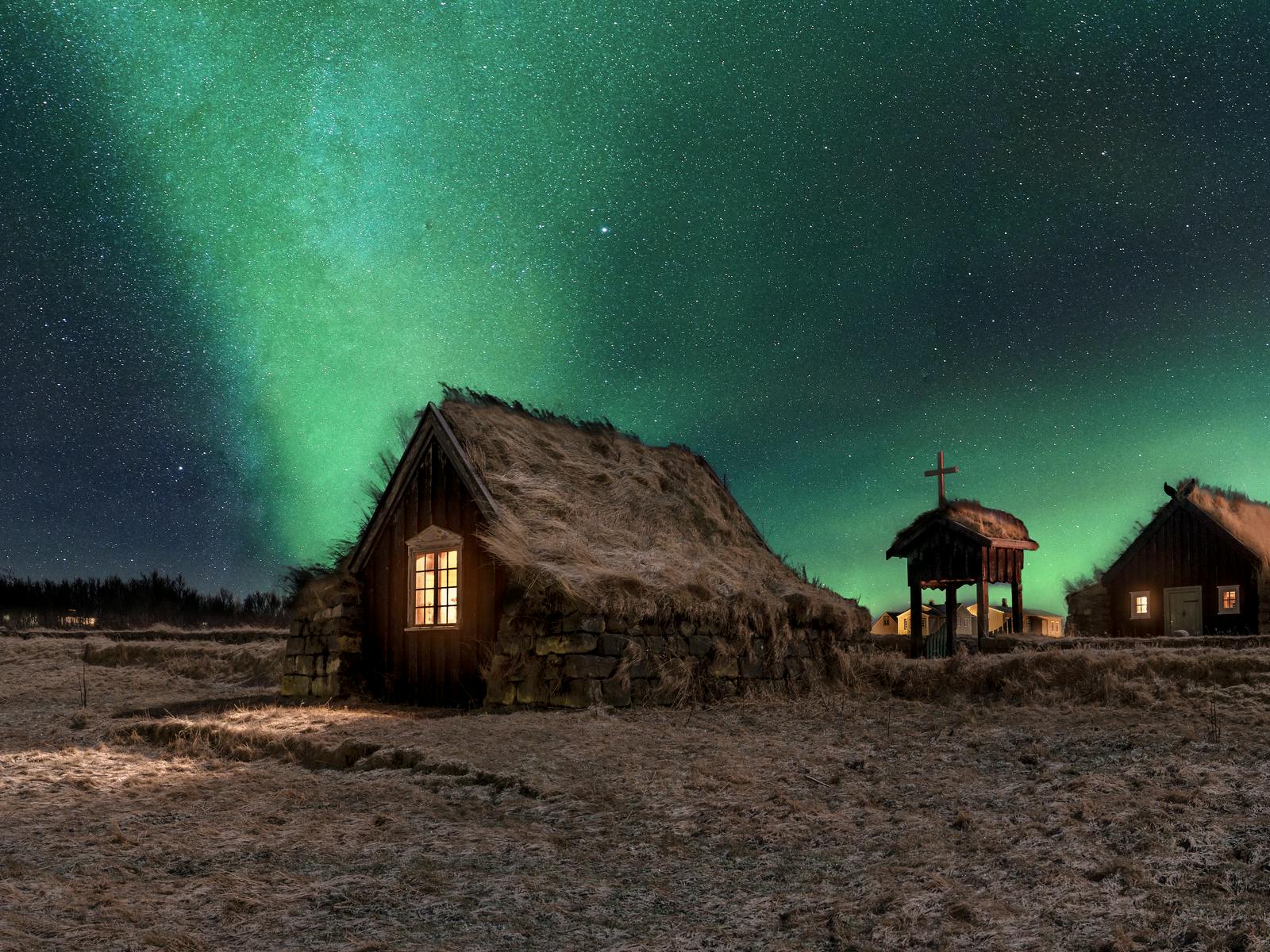
It's a common misconception that the heart of winter, with its long, dark nights, is the prime time to witness the Northern Lights in Iceland. While December and January offer extended hours of darkness, which might seem ideal for Aurora viewing, there's more to the story. The Northern Lights result from solar activity, which doesn't necessarily align with our earthly seasons.
In fact, the Northern Lights are actually more common around the equinoxes than during other times of the year. This means that March and September, times when day and night are roughly equal, offer statistically higher chances of experiencing the Aurora Borealis compared to the deep winter months. See likelihood for seeing the northern lights over each month.
Timing Matters for the Northern Lights

While the allure of winter might seem tempting for Northern Lights enthusiasts, there's more to consider than just the dark skies. Standing in the biting cold for hours, waiting for that magical moment when the Aurora Borealis graces the sky, can be a challenging experience, even with the warmest attire. Comparatively, the milder autumn and early spring temperatures offer a more comfortable environment for this nocturnal adventure. Still, remember to bundle up, as the nights can be chilly.
The Northern Lights are known to be active a few hours before and after midnight. Checking the sunrise and sunset times can help you gauge the best viewing hours. Opting for the shoulder season, which is the period between peak and off-peak seasons, can still offer a good chance to witness this natural wonder without the extreme cold. And a pro tip for those booking organized tours: schedule your tour early during your stay. This way, if the lights decide to play coy on the first night, you have another opportunity to catch them the next evening.
The Unpredictable Role of Weather in Aurora Viewing
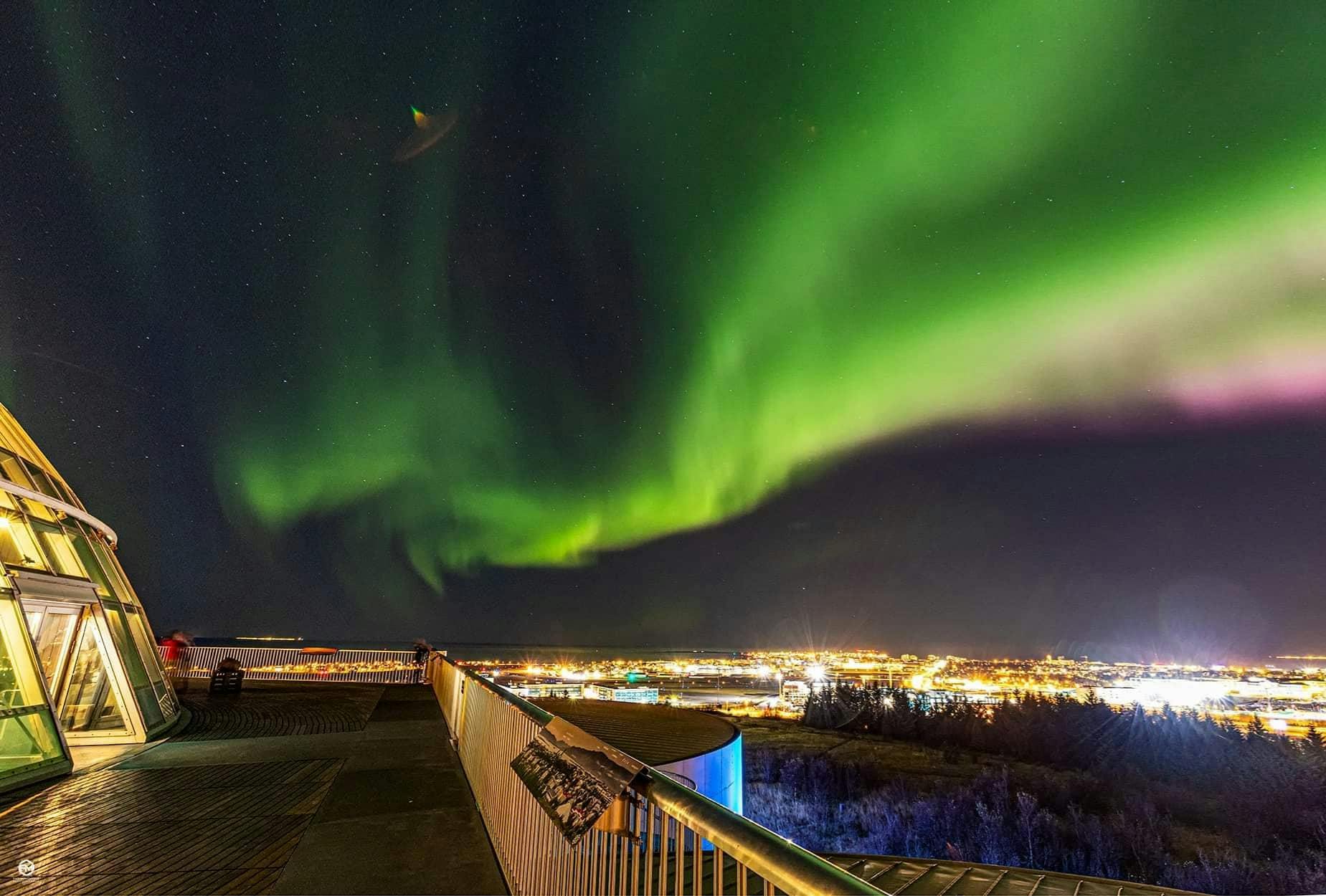
When you're gearing up to witness the Northern Lights in Iceland, the weather becomes a central character in your adventure. Even with the best predictions for aurora activity, a cloudy sky can quickly dash your hopes. It's a bit disheartening to think that the mesmerizing dance of lights might be happening right above, yet hidden behind a thick blanket of clouds. Given Iceland's location in the mid-Atlantic, it's no stranger to stormy weather, which can bring dense clouds and rain, masking the skies and the celestial show above.
While no month is entirely immune to such weather challenges, autumn and winter tend to be more unpredictable compared to summer. But here's a silver lining: Iceland is also known for its strong winds. You might wonder, "How can that be a good thing?" Well, these gusty conditions can sometimes work to your advantage. Winds have the potential to push away cloud cover, even if just momentarily, offering a brief window to the wonders above. So, even if the weather forecast seems discouraging, don't give up on your Northern Lights quest. Iceland's ever-changing weather might surprise you, turning the odds in your favour.
When the Northern Lights Play Hard to Get
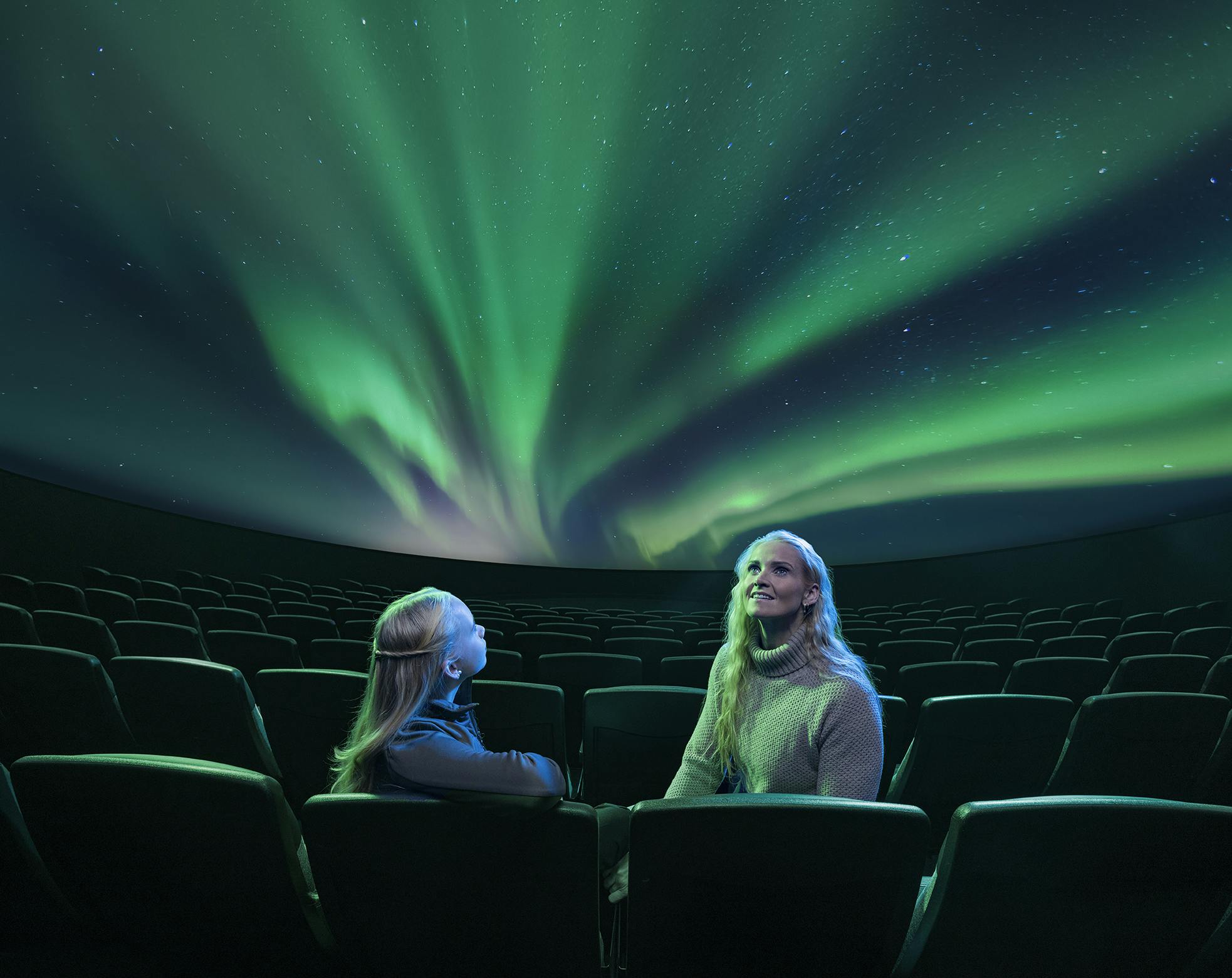
Travelling to Iceland with high hopes of seeing the Northern Lights and then missing out can be a letdown. However, even if the skies don't cooperate, a captivating alternative awaits you in Reykjavik: Perlan. Located atop Öskjuhlíð Hill, with a panoramic view of the city, Perlan houses the Áróra exhibit. This 8K presentation offers a mesmerizing virtual experience of the Northern Lights. It's not just about the visuals; the show takes you on a journey across Iceland's stunning landscapes, accompanied by poetic narratives rooted in Icelandic folklore and myths. Even if you're fortunate enough to witness the real Aurora Borealis, this immersive experience at Perlan is a must-visit.
The allure of the Northern Lights is undeniable. It's one of those experiences that, once tasted, often leaves you yearning for more. If you don't get to see them on your first trip, let the memories from Perlan inspire and tide you over. And remember, Iceland's vast landscapes and coastal beauty will always be there, inviting you back for another chance to chase the magical lights.
When is the best time to see the Northern Lights in Iceland?
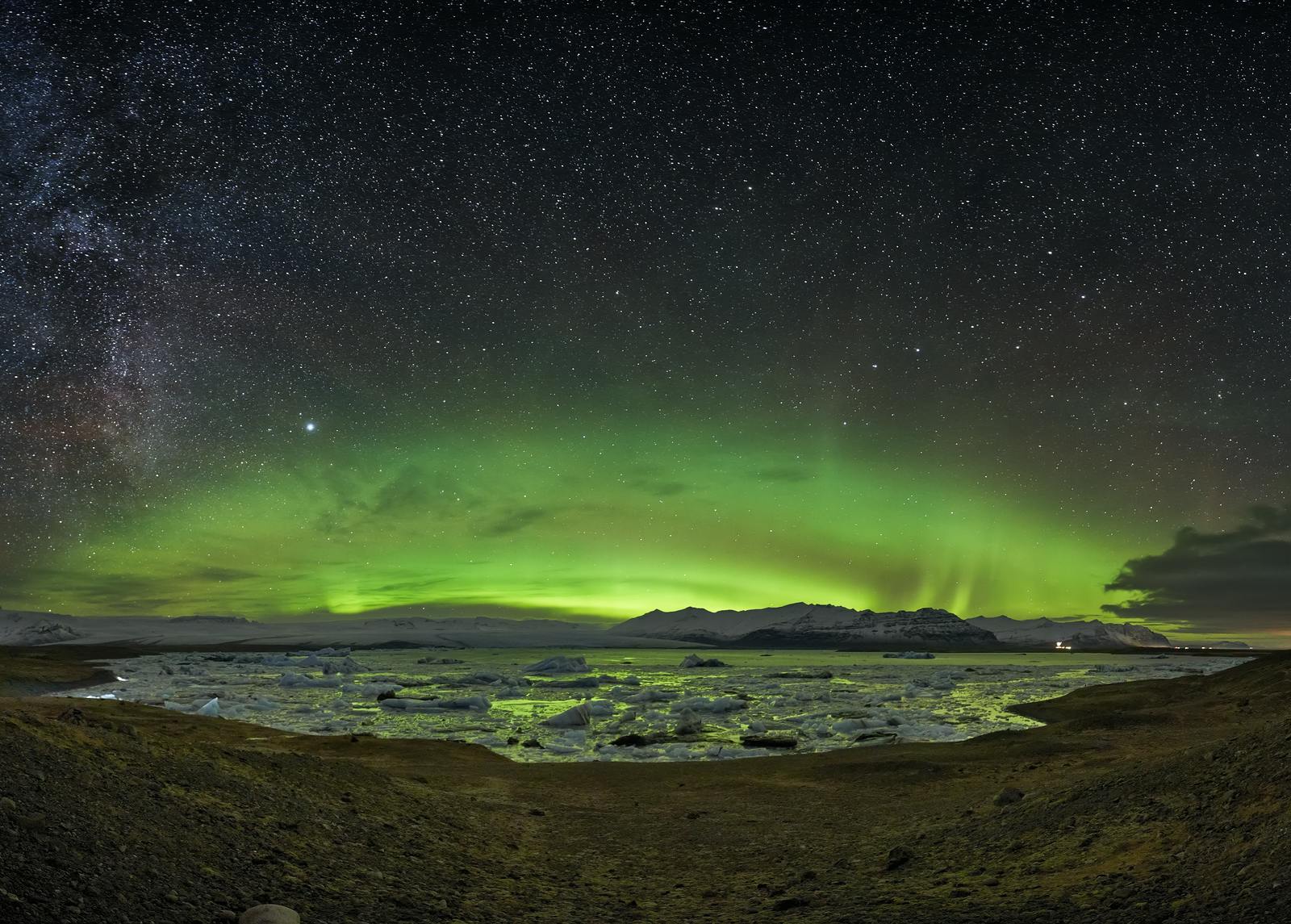
The key to catching this breathtaking display is darkness and clear skies. Typically, the winter months, from late August to early April, provide the longest nights and thus the best chances. During this period, the nights are long, and the skies are often clear, making it ideal for Northern Lights viewing. However, remember that the Aurora is unpredictable, and even during these months, there's no guarantee. It's always a mix of the right conditions and a bit of luck.
While the Northern Lights can be elusive, planning your trip during the peak viewing months and arming yourself with a bit of knowledge can enhance your chances of witnessing this magical display.







